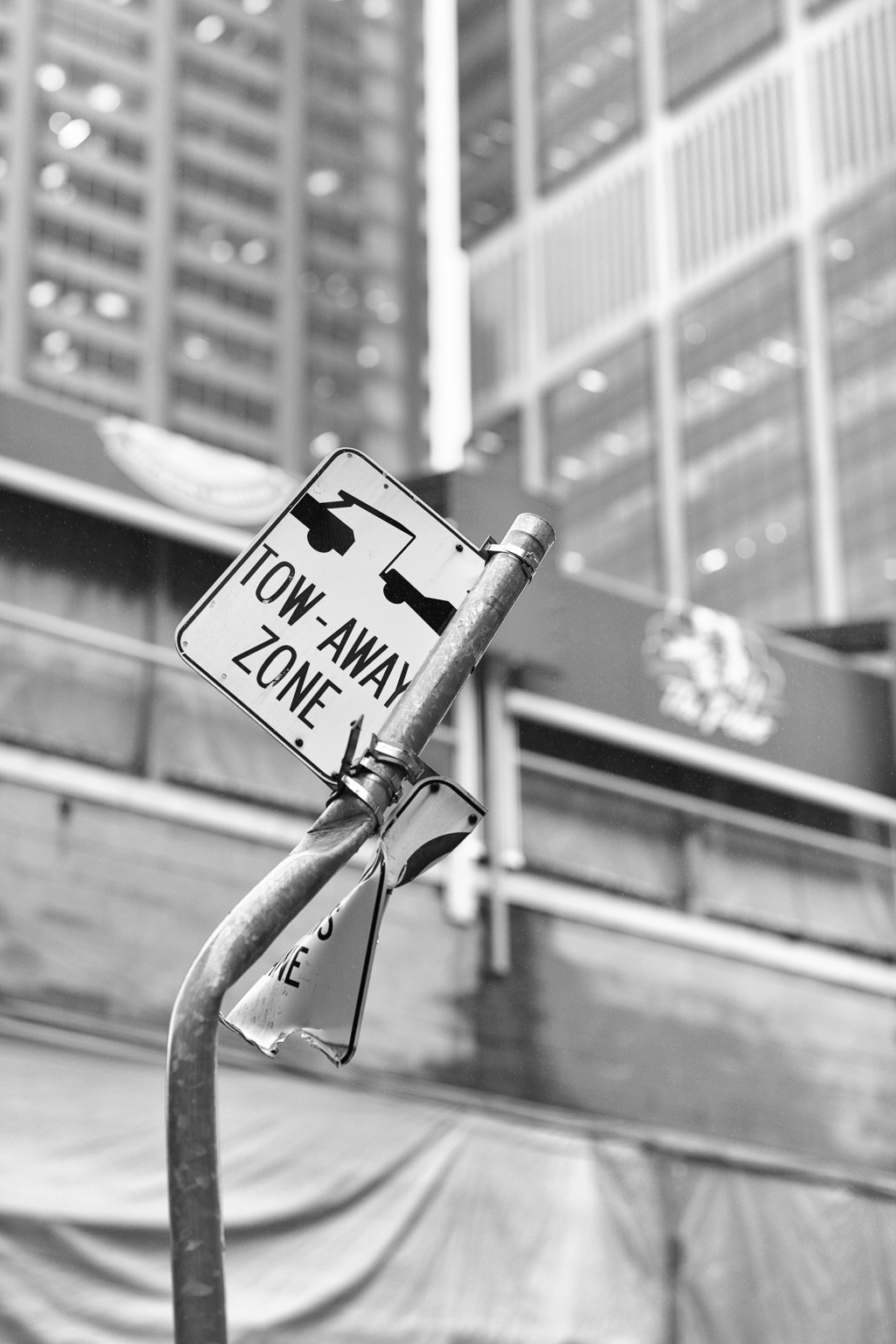
One of the things the Black Lives Matter #BLM movement has tried to do is expand the meaning of racism. In the past, white people like me tried to exempt ourselves from responsibility by saying: “What, me racist? I haven’t got a racist bone in my body.” And, in a way, we were right if, by racist, you mean we don’t run around engaging in overt acts of racism.
The #BLM movement struggles to communicate the idea that racism is more than overt acts. It invites people who look like me to see beyond the obvious: to acknowledge that many institutions were designed from their outset to discriminate (and to commit racist acts on our behalf); to identify passive aggressive behaviours and microaggressions that neatly evade allegations of racism but commit such acts all the same; to own our failures to intervene when others do engage in overt acts of racism. People find it difficult to accept that simple omissions can be acts of racism too.
We can understand racism as a category of violence. If we look to violence generally, we find the same dynamic at play. It’s easy for most of us to avoid allegations of violent behaviour because we aren’t prone to engage in overt acts. I don’t physically abuse my wife. I don’t lose my temper and hit people when I don’t get my way. I don’t cut people off on the highway then get out of my car and threaten them with a baseball bat. So, no, I am not a violent person.
As with the #BLM movement, I get to avoid charges of violent behaviour only if I hold to a narrow definition of violence. But violence is more than overt acts. I can abuse my wife without laying a finger on her; it’s possible to engage in all sorts of manipulations that subtly wear her down. And I can do injury without ever striking a person; I can engage in implied threats or utter indirections that are nevertheless demeaning.
Further expanding my definition of violence, I see violence embedded in urban planning. For example, when infrastructure fails to accommodate increases in pedestrian and vehicular traffic, everyone grows frustrated and that frustration leaks out as anger. The people on the receiving end of that anger didn’t cause the frustration. They just happen to be convenient targets.
And when public services fail to meet the needs of the most vulnerable, not only does that do violence to those vulnerable people—the mentally ill, the homeless, the different—, it heightens the anxiety of everyone else and produces conditions ripe for moral panic: let’s round them up and warehouse them out of sight. This, too, is a form of violence and it implicates us all.
Then there is the violence implicit in our built environment. When we build in ways that fail to account for the human scale, we say in effect that people—all people—are incidental to the late modernist project. Concepts trump people. Ideologies transcend humans. Putin is not extraordinary. This kind of violence has been at work on us for decades.